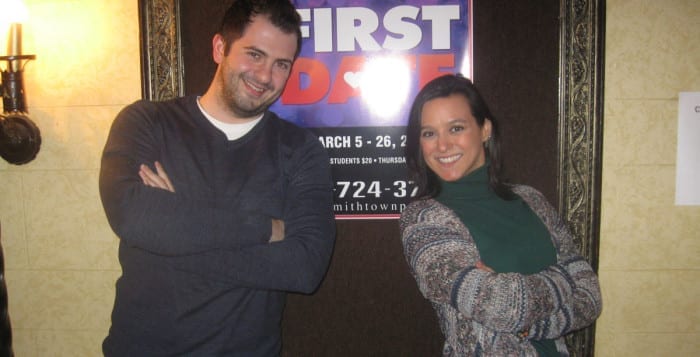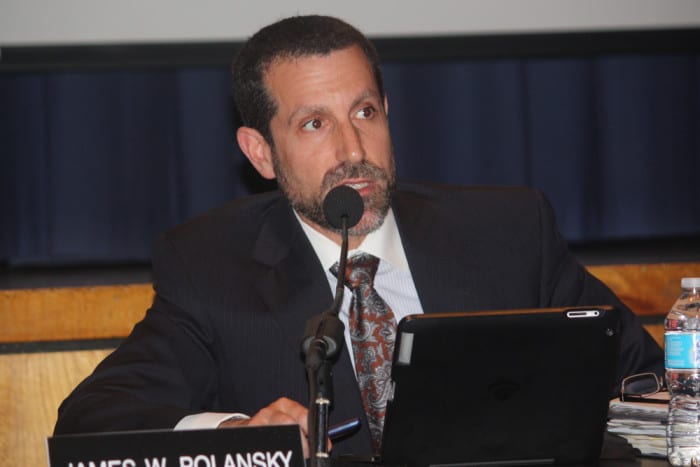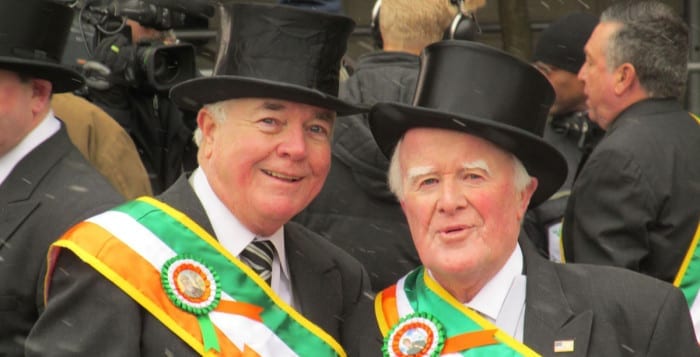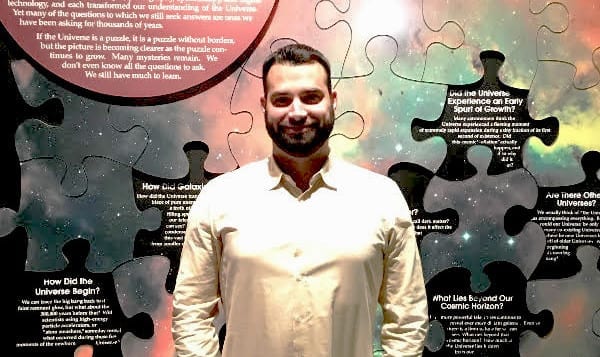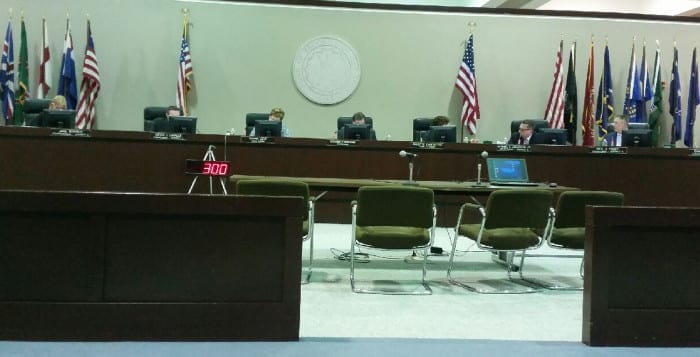By Rita J. Egan
The Long Island premiere of the musical “First Date” is set for March 5 at the Smithtown Center for the Performing Arts, and actors TracyLynn Conner and James D. Schultz are thrilled that local theatergoers will get to experience the hilarious production with them.
The one-act play takes an amusing look at the trials and tribulations of today’s dating world when two people meet for a blind date at a restaurant in New York City. Conner, who plays serial-dater Casey, describes “First Date” as funny, witty and very current when it comes to today’s dating climate.
Schultz, who plays dating newbie Aaron, said the play is filled with great musical numbers, perfect comedic timing and sight gags yet doesn’t veer from its main purpose. “At the heart of all that is the relationship between Aaron and Casey,” the actor said.
While the two have shared the stage in productions in the past, such as “The Farnsworth Invention,” “Jekyll and Hyde” and “Man of la Mancha,” this is the first time they will be performing together as romantic leads. In addition to acting together, the two have been friends for years, and Conner is Schlutz’s vocal coach. The actors said they are having a great time working together and discovering their characters.
“My character Casey has been on many, many, many dates. And James’ character, Aaron, this is his very first blind date in his whole life,” Conner said.
Schultz explained that his character has just gotten out of a relationship and has a lot of personal baggage. “When he meets Casey for the first time, he’s not entirely sure how it’s going to work out because she’s so different from him. He’s neurotic and conservative, and she’s very edgy and very fly by your seat, very artsy. And basically, they both awaken something in each other, and they find what makes the other person stronger, at least in that first date and the first time they meet each other,” the actor said.
Both are also excited to be working with director Jordan Hue and their fellow cast mates, Jeremy Hudson, Samm Carroll, Charles Jacker, Lauren V. Gobes and Michael Newman. Conner explained the rest of the actors play multiple roles, either in the restaurant or as past lovers, best friends or sisters in their imaginations.
“It’s a well-seasoned cast that knows exactly how to deliver a comedic line,” Conner said. She admitted that at times the cast can’t stop laughing in rehearsals.
Schultz agreed that they’re all having a great time. “We all mesh well which is what you hope for in a show.”
The actors are thrilled that the Smithtown run is the Long Island premiere of “First Date,” too, and they are confident audiences will like it. “While it’s rather new, it’s also something modern, something sweet, something that I think whether you’re young or old, you’ll be able to enjoy, and because it’s a quick show, you’ll come and have a nice evening at theater and feel something,” Schultz said.
Conner, who is currently single, pointed out that among the hilarity in the musical there are also touching, poignant moments. She said her song “Safer” will be hard to get through without her crying. “It’s just a really touching song, and I think any woman who has been in the dating world will hear this song and say ‘yes, that’s me’,” the actress said.
Schultz hopes that audiences will connect with the characters too and feel like they are watching a couple on a date. “What we’re striving for is trying to create a slice of life [with] the audience looking at these two people basically finding each other.” Conner added, “You see two people standing on the edge of something great if they let themselves see it.”
Off stage, standing on the edge of something great is a concept both actors are familiar with. While audiences will find out the fate of Casey and Aaron by the end of the play, Conner’s and Schultz’s futures are both continuing tales. The actors, who have performed extensively on Long Island, are auditioning and open to a variety of acting roles including for stage, commercials, television and film.
“I want to put myself out there for whatever is out there, whatever piques my interest,” Schultz said.
Conner agrees to being open to it all. “When you have a passion to do this, I feel like there are some shows I would do in a cardboard box just to be able to play that role.”
For now, Conner’s and Schultz’s calendars are booked up with 14 nights of first dates at the theater in Smithtown, and they invite local musical lovers to join them.
“It’s a great show for a date night out. Get the babysitter and just have a night out and possibly remember what your first date was like with your significant other,” Conner said.
The Smithtown Center for the Performing Arts, 2 East Main Street, Smithtown, will present “First Date” March 5 through March 26. For more information, call 631-724-3700 or visit www.smithtownpac.org.

